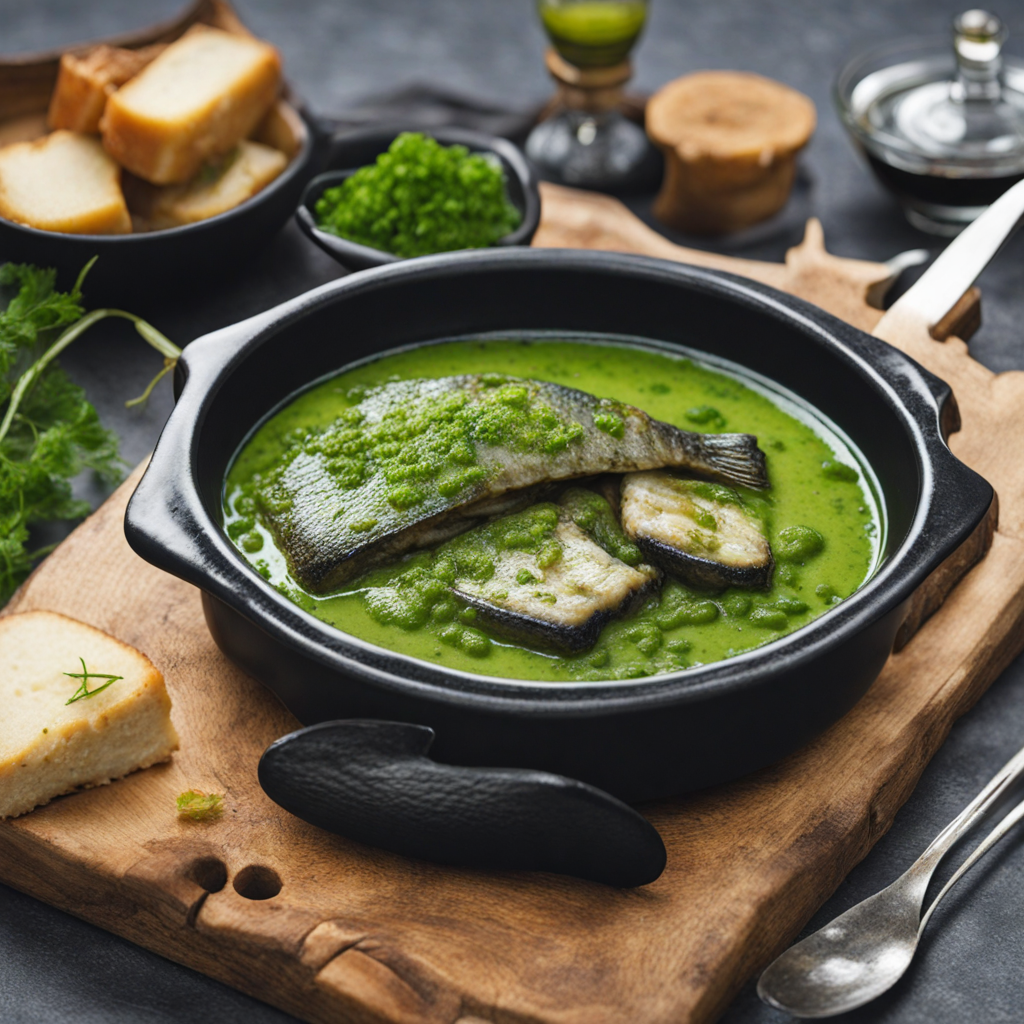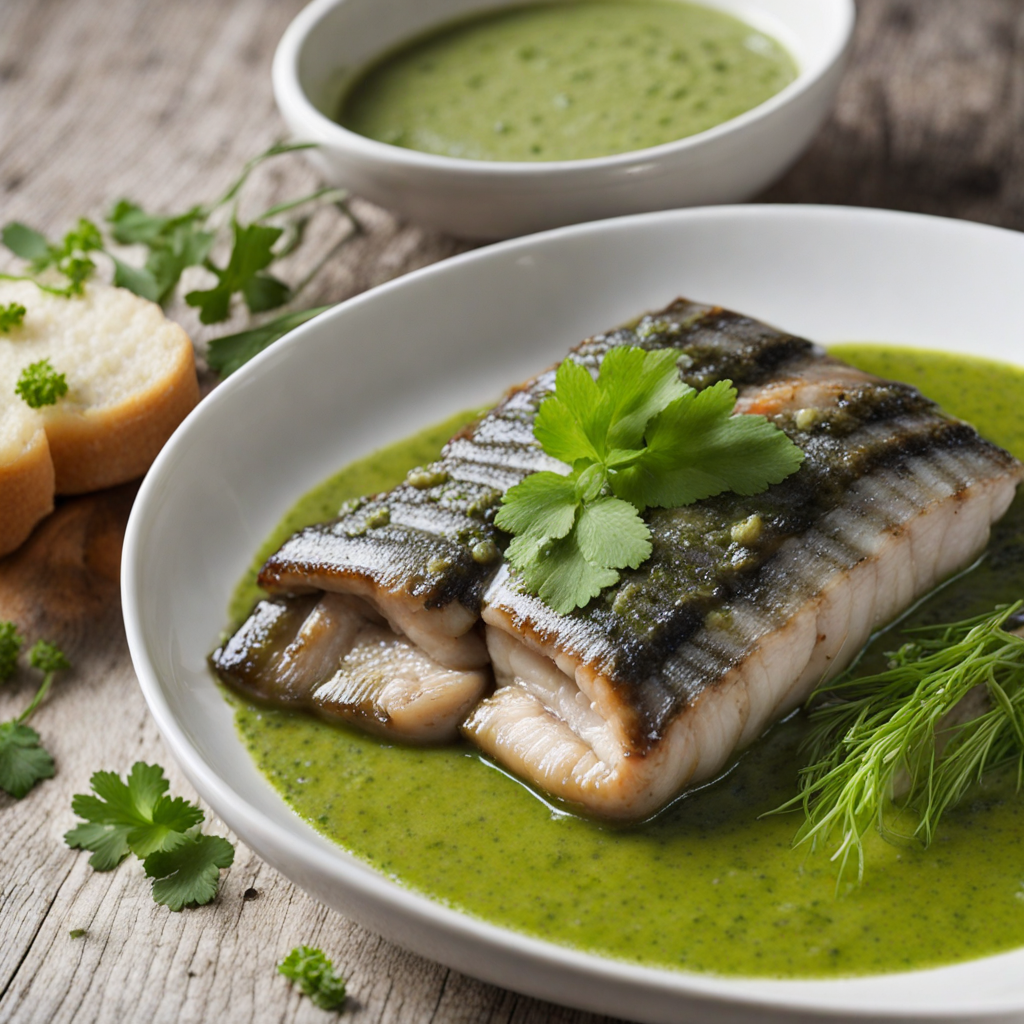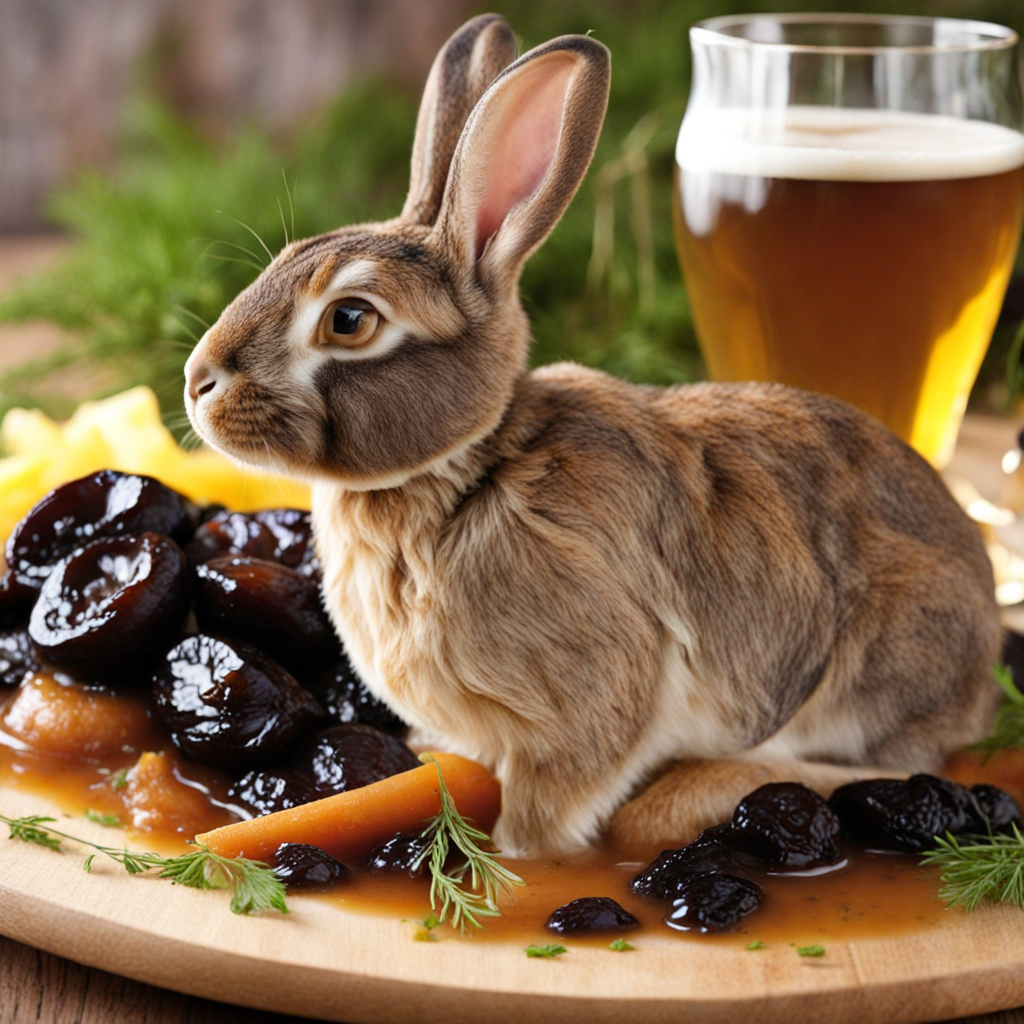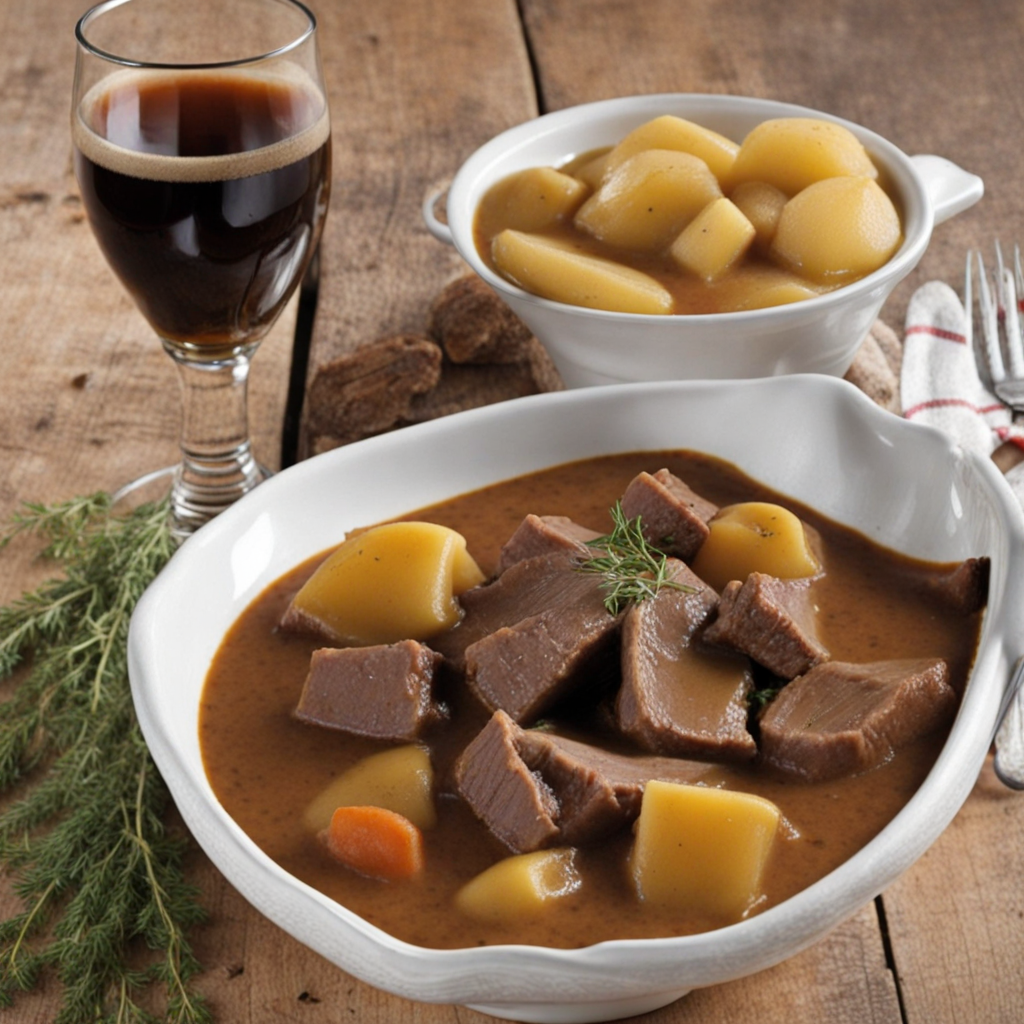Paling in 't groen
Paling in 't groen is a traditional Belgian dish that showcases the rich flavors of eel cooked in a vibrant green herb sauce. This dish is a culinary delight, particularly popular in the Flanders region. The eel, typically sourced from local waters, is known for its tender, flaky texture and mild, slightly sweet taste. The dish is named after the distinctive green sauce, which is made from a blend of fresh herbs, predominantly parsley, along with other ingredients like chervil and sorrel, creating a vibrant and aromatic profile that perfectly complements the eel's richness. The preparation of Paling in 't groen begins with the eel, which is cleaned and cut into pieces. It is then simmered in a broth that is infused with the aromatic herb sauce. The freshness of the herbs not only contributes to the striking color of the dish but also imparts a refreshing and slightly tangy flavor that balances the richness of the eel. The sauce is often finished with a touch of vinegar or wine, adding depth and complexity to the overall taste experience. This dish is typically served with crusty bread or boiled potatoes, allowing diners to soak up the delicious green sauce. Paling in 't groen is a perfect representation of Belgian cuisine, marrying local ingredients with traditional cooking methods to create a dish that is both comforting and sophisticated. For those looking to explore new flavors, this dish promises an unforgettable experience that highlights the beauty of simplicity and the bounty of nature.
How It Became This Dish
Paling in 't Groen: A Culinary Journey Through Belgium #### Origins Paling in 't groen, a classic dish from Belgium, translates to "eel in the green." This dish hails from the region of Flanders, particularly popular in the provinces of East and West Flanders. Its origins date back to the Middle Ages, a time when eel was a prevalent food in European rivers and lakes. The abundance of freshwater eels found in the rivers of Belgium made it a staple for many households, especially in regions close to waterways. Eel has long been a coveted ingredient in European cuisine, prized for its rich, fatty flesh. In Belgium, eels were often caught during the spring and early summer months when they were most plentiful. Initially, the preparation of eel was quite simple, often smoked or grilled, but as culinary practices evolved, so did the ways of cooking this delicious fish. The "green" aspect of the dish refers to the vibrant sauce made from a blend of fresh herbs, most notably parsley, but also including sorrel, chervil, and sometimes other greens like spinach. This herbaceous sauce not only imparts a bright flavor that pairs harmoniously with the rich eel but also symbolizes the lush greenery of the Belgian countryside, particularly in spring when the herbs are at their peak. #### Cultural Significance Paling in 't groen is more than just a dish; it is a reflection of Belgium's cultural heritage, combining elements of geography, history, and community. The dish is steeped in tradition, often served during family gatherings and special occasions. In Flanders, it is typically associated with the arrival of spring, marking a time of renewal and celebration of local produce. Eel fishing has historically been an important activity in Belgium, especially in regions like the Zenne and the Dender rivers. The fishing culture surrounding eels is rich, with local fishermen passing down techniques and knowledge through generations. As such, Paling in 't groen serves as a culinary homage to this heritage, celebrating the local ecosystem and the sustainable practices surrounding eel fishing. In addition to its culinary importance, Paling in 't groen is also emblematic of the strong community ties within Belgian culture. Sharing a meal of eel in the green often brings families and friends together, fostering a sense of camaraderie and community spirit. Local festivals celebrate this dish, showcasing the pride communities take in their regional specialties. #### Development Over Time As with many traditional dishes, Paling in 't groen has seen variations and adaptations through the years. In its early days, the dish would have been made with the freshest eels, simply prepared with herbs, a splash of vinegar, and possibly some local white wine. As culinary trends evolved throughout the centuries, so too did the preparation of this dish. In the 19th century, the industrial revolution brought significant changes to Belgium's culinary landscape. With urbanization, the consumption of eel began to extend beyond rural communities to city dwellers. The emergence of restaurants and cafes in urban centers led to the dish being featured on menus, allowing it to gain popularity beyond its regional roots. During the 20th century, particularly after World War II, the culinary scene in Belgium began to embrace a more contemporary approach, integrating international influences. While traditional recipes remained cherished, chefs began experimenting with the presentation and preparation of Paling in 't groen. Some introduced modern cooking techniques, while others began to serve the dish with different accompaniments, such as potatoes or crusty bread, to enhance the dining experience. The rise of the farm-to-table movement in the late 20th and early 21st centuries also played a role in the revival of traditional dishes like Paling in 't groen. Chefs and home cooks alike began to prioritize local and sustainable ingredients, bringing attention back to the value of using fresh, seasonal produce. This movement has helped to ensure that eel fishing remains a sustainable practice, with many chefs advocating for responsible sourcing of eels to protect local ecosystems. In recent years, there has been a resurgence of interest in traditional Belgian cuisine, with Paling in 't groen enjoying a renaissance. Gastronomic festivals and events celebrating Belgian culinary heritage have helped to popularize this dish once again. Many chefs are returning to the roots of the recipe, emphasizing traditional techniques while still allowing for creativity and innovation in presentation. Today, Paling in 't groen is often accompanied by a glass of Belgian white wine or a local beer, enhancing the overall dining experience. The dish is celebrated in both casual eateries and fine dining establishments, showcasing its versatility and enduring appeal. #### Conclusion Paling in 't groen is more than just a culinary delight; it is a dish that embodies the rich history and culture of Belgium. From its humble beginnings as a simple preparation of locally sourced eel and herbs to its place on the menus of modern restaurants, this dish tells the story of a people's connection to their land, their traditions, and each other. As we savor the flavors of Paling in 't groen, we are reminded of the importance of preserving culinary heritage, supporting local communities, and respecting the environment. This vibrant dish, with its deep roots in Belgian culture, continues to inspire chefs and food enthusiasts alike, ensuring that it remains a cherished part of Belgium's gastronomic landscape for generations to come.
You may like
Discover local flavors from Belgium







